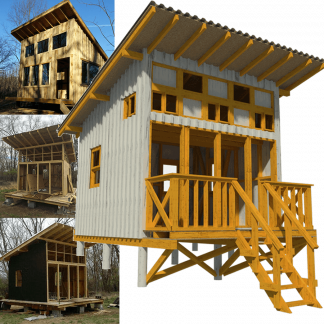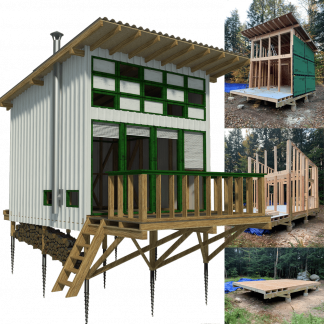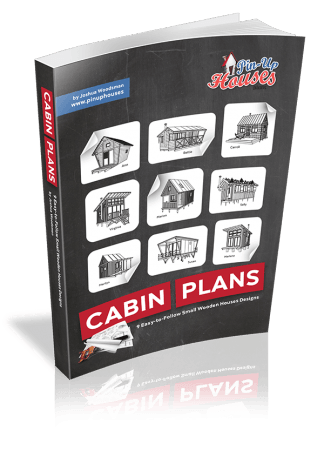Traveling can be one of life’s greatest joys, but long trips often come with challenges—especially when it comes to packing and maintaining a restful sleep routine on the road. Whether you’re jetting off for business or pleasure, learning how to pack light and sleep well on long trips can transform your experience from exhausting to effortless.
Many travelers underestimate the power of good sleep during travel and overlook simple essentials that make a difference—like knowing the difference between flat and fitted sheets and bringing the right bedding accessories for comfort. This guide will help you pack smart and sleep soundly, so you can arrive refreshed and ready for your adventure.
Why Packing Light Matters for Better Sleep
Carrying heavy luggage isn’t just a hassle; it adds stress that can disrupt your overall travel experience. When you pack light, you reduce physical strain, save time at airports, and feel more in control. This ease directly impacts your ability to relax and get quality sleep.
Bulky bags mean more effort navigating airports, trains, or buses, and that tension can follow you into your hotel room or rental. When you lighten your load, you free mental space to focus on rest, recovery, and enjoyment.
Step 1: Master the Art of Packing Light
Prioritize Essentials and Multipurpose Items
Start with a capsule wardrobe: choose versatile clothing that can be layered and mixed to suit different climates and occasions. Pack items that serve multiple purposes, such as a scarf that doubles as a blanket or a jacket with plenty of pockets to minimize additional bags.
Use Packing Cubes and Compression Bags
Organize your belongings with packing cubes or compression bags. These tools keep your suitcase tidy and compress bulky clothes to save space, letting you bring necessary items without overpacking.
Limit Footwear
Shoes take up a lot of space, so limit yourself to two or three pairs: a comfortable walking pair, something dressier if needed, and optional sandals or flip-flops. Wear the bulkiest shoes during travel to save space.
Minimize Toiletries
Bring travel-sized toiletries or consider solid alternatives like shampoo bars and lotion bars. Many hotels provide basics, so avoid doubling up.
Step 2: Pack Smart Sleep Essentials
Good sleep begins with comfort. While you can’t always control your sleep environment during travel, packing a few key items can help you create a cozy, familiar space wherever you are.
Bring Your Own Pillowcase or Pillow
If you’re particular about bedding, consider bringing a lightweight pillow or at least your own pillowcase. A clean, familiar pillowcase can ease the transition to unfamiliar beds and improve your comfort.
Include a Sleep Mask and Earplugs
Light and noise are two common sleep disruptors, especially on planes or in busy cities. A comfortable sleep mask blocks out unwanted light, while earplugs reduce ambient noise, helping you fall asleep faster and stay asleep longer.
Travel Blanket or Shawl
A compact travel blanket or a large shawl can keep you warm and comfortable on chilly flights or drafty hotel rooms.
Step 3: Know Your Bedding — Understanding the Difference Between Flat and Fitted Sheets
When staying in hotels or rentals, bedding quality varies widely. One way to feel more at home is by understanding the difference between flat and fitted sheets and how they affect your comfort.
- Flat sheets are large, rectangular sheets that lie flat on the mattress and cover your body. They’re versatile, can be folded back or tucked under the mattress, and provide a clean layer between you and blankets or comforters.
- Fitted sheets have elastic corners designed to fit snugly over the mattress. They prevent the sheet from slipping off during the night, ensuring a smooth sleeping surface.
Knowing this difference helps you request or pack the right sheets if you prefer to bring your own bedding or want to prepare for what to expect. Many travelers who bring their own sheets prefer flat sheets for versatility, while fitted sheets offer convenience when staying longer in one place.
Step 4: Create a Sleep-Friendly Environment On the Go
Stick to Your Routine
Try to maintain your regular bedtime and wake-up times even when crossing time zones. Using your phone’s alarm and setting reminders to wind down help keep your internal clock steady.
Control Light and Sound
Use your sleep mask and earplugs consistently. Additionally, consider white noise apps or portable sound machines to mask unfamiliar sounds in hotels or hostels.
Manage Temperature
Layer your clothes or bedding so you can adjust your warmth. Long trips often involve unpredictable room temperatures—packing a lightweight jacket or blanket helps you adapt.
Step 5: Optimize Your Flight or Transit Sleep
Sleeping on planes, trains, or buses is tricky but possible with the right approach.
Choose Your Seat Wisely
Window seats give you a wall to lean on and limit disturbances, helping you catch better rest. Avoid seats near bathrooms or galleys due to frequent foot traffic.
Use a Neck Pillow
A quality travel neck pillow supports your head and prevents neck stiffness, improving sleep quality on the move.
Dress Comfortably
Wear loose, breathable clothes and bring a light jacket or scarf to stay comfortable despite cabin temperature fluctuations.
Step 6: Post-Arrival Sleep Strategies
Jet lag and unfamiliar beds can disrupt your first nights. To counter this:
- Get natural light during the day to reset your circadian rhythm.
- Avoid heavy meals and caffeine before bedtime.
- Stick to your packed sleep essentials to create consistency.
- Do light stretching or meditation before bed to relax.
Final Thoughts
Mastering how to pack light and sleep well on long trips is an essential skill for any frequent traveler. The right packing strategy minimizes stress and physical discomfort, while thoughtful sleep preparation ensures you arrive refreshed and ready to explore. By focusing on essentials, understanding bedding nuances like the difference between flat and fitted sheets, and creating a sleep-friendly environment, your travel experience becomes more enjoyable from takeoff to touchdown.
Next time you plan a long trip, remember that smart packing and good sleep go hand in hand. A little preparation can make all the difference between a tiring journey and one filled with energy and excitement.








